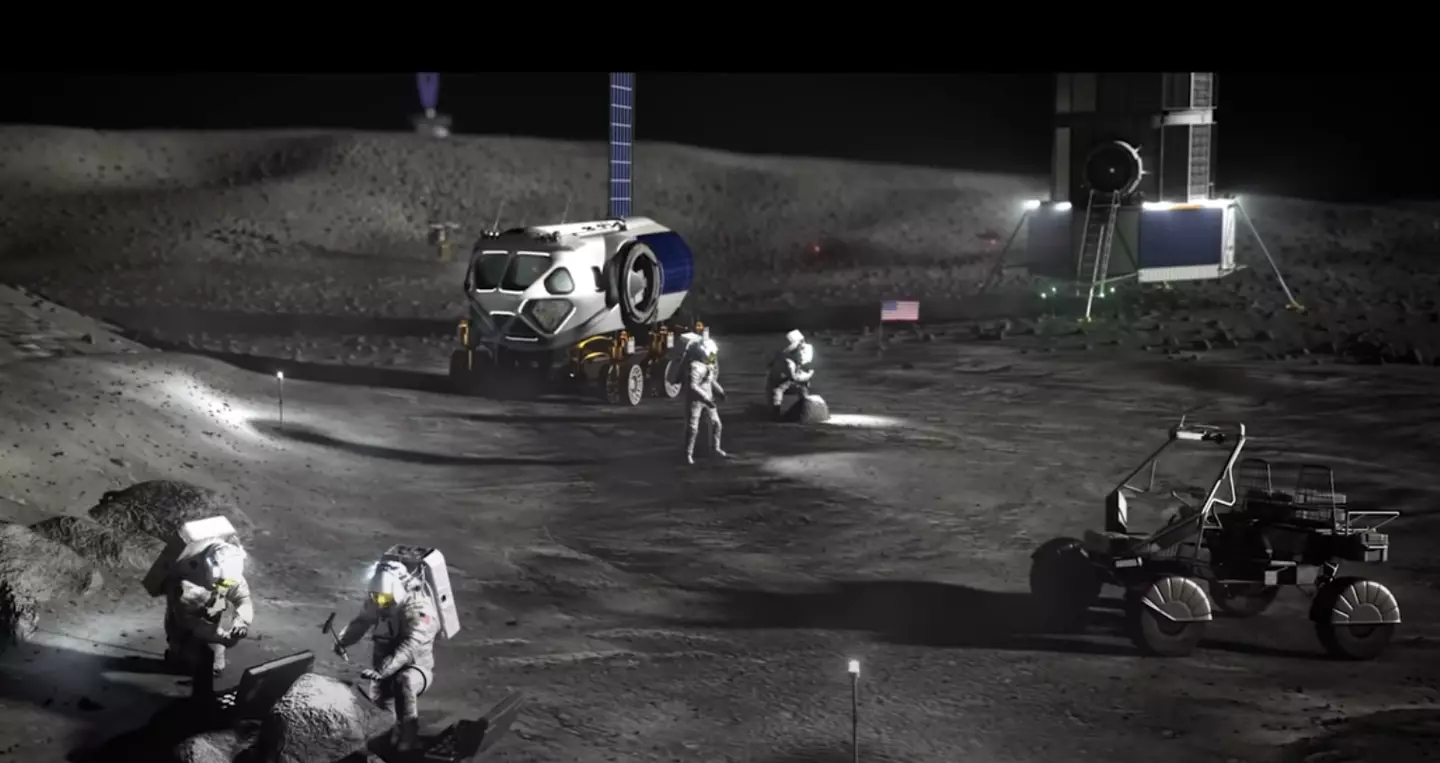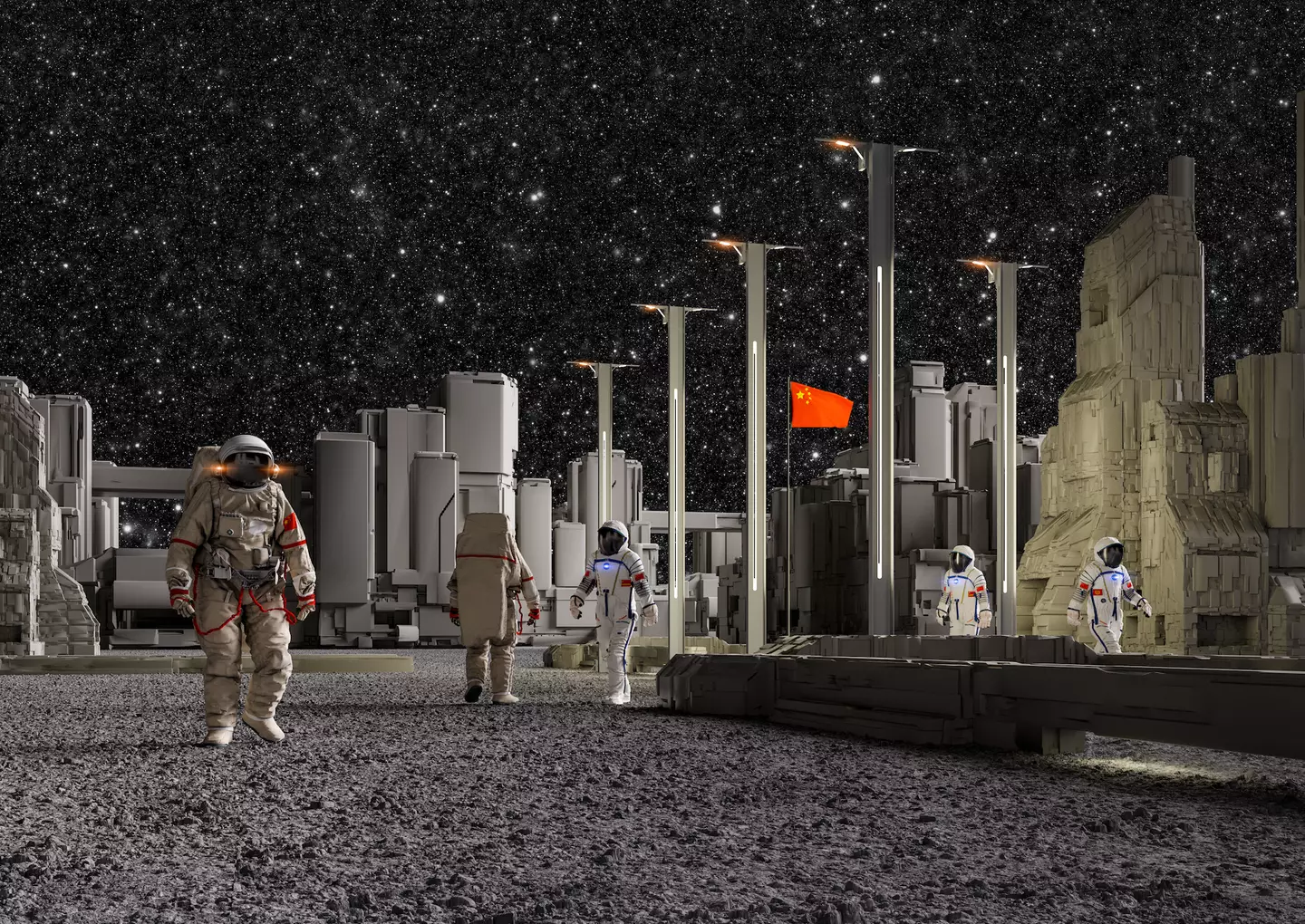
NASA insists that humanity’s best hope of exploring the rest of the solar system relies on us safely returning to the moon.
I know the moon doesn’t hold the same magical appeal that Mars does since the first moon landing likely happened well before you were born.
But if we hope to scratch that exploration itch and take the first steps on Mars, the moon may be the key, according to NASA.
British space scientist Dame Dr Maggie Aderin-Pocock spoke to UNILAD about the importance of returning to the moon while also going into detail about NASA’s ongoing Artemis project and its plans for a base on the moon.
Advert
Even more interestingly, how this moon base will plant the seeds for the tree of human exploration across the rest of solar system.
Speaking to UNILAD, Aderin-Pocock said: “Part of the Artemis project is sending people back to the moon for the first time in 50 years.
“But the idea is to actually use the moon as a staging post.”
In the words of Calvin Candie, ‘you had my curiosity, but you now have my attention.’
Advert
The space agency itself has said its project will allow scientists to have a greater understanding of how humans can permanently live off-world and set up human communities away from our great blue marble.

Aderin-Pocock continued: “Because the moon is smaller than planet Earth, it has less gravity. So, in the future, I am talking for about 30, 40, 50 years, people are talking about having a human base [on the moon] and building rockets actually on the moon and then launching them from the moon because of less gravity.
“It’s then easier to launch from the moon and from that we can start looking at places like Mars.”
Advert
The scientist used this explanation to dismiss the comments of critics who have argued we should head straight for Mars rather than head back to the moon.
She added that NASA is confident that the first person to travel to Mars is alive today, so if you have space exploration dreams, you could be exactly who they are looking for.
Speaking about the Artemis project, the space agency has said: “With NASA’s Artemis campaign, we are exploring the Moon for scientific discovery, technology advancement, and to learn how to live and work on another world as we prepare for human missions to Mars.
“We will collaborate with commercial and international partners and establish the first long-term presence on the Moon. NASA will land the first woman and first person of color on the Moon, using innovative technologies to explore more of the lunar surface than ever before.”

Overall NASA hopes that the Artemis project and following missions will inspire the next generation to find ways to help propel us to the stars and our place among them off planet Earth.
Advert
This is a hope that Aderin-Pocock shares with NASA, as she spoke about the importance of diversifying the people who grow up to contribute to our space exploration goals.
She went as far to encourage people not to worry if math and science weren't always your strongest subjects at school, because she emphasized that anyone can be a scientist and contribute.
To make physics and study of space more accessible for young people, she is acting as a judge for the National Trust’s Time + Space Award.
This competition will see four 16–25-year-olds given the opportunity to explore their unique ideas in one of four areas science, art and culture, society and nature and climate while also awarding them a £5,000 package deal to help explore their ideas.
Topics: Space, NASA, Technology